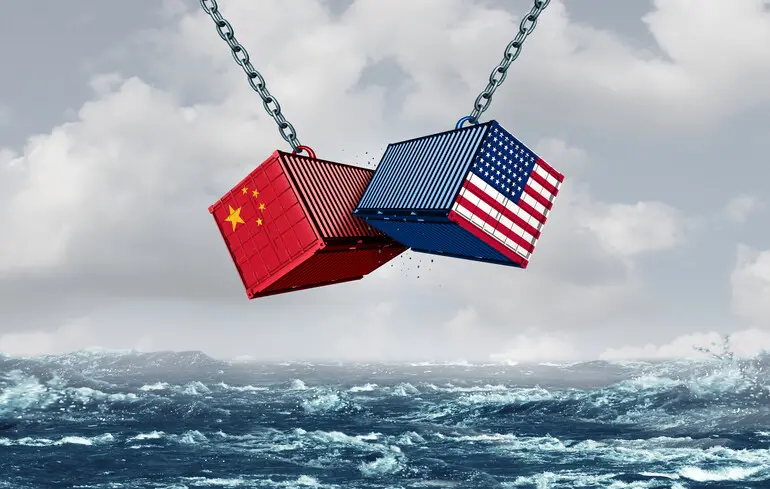Extended Ceasefire in US-China Trade War: A Step Toward Global Market Stability

After months of tense trade negotiations and escalating tensions, U.S.
President Donald Trump formally endorsed another move toward easing trade tensions with China by signing an executive order to prolong the temporary tariff truce.
This decision extends the current freeze on new tariffs for an additional three months, allowing both sides to avoid a renewed trade conflict and provide more time for negotiations.According to CNBC, this development is the outcome of prolonged talks held in late July in Stockholm, involving U.S.
and Chinese diplomats acting as mediators.
The official signing of the decree confirms previous agreements and significantly reduces the risks of the trade war rekindling.
The main goal remains stabilizing costs for imports and exports, as well as creating conducive conditions for addressing unresolved issues such as the fight against fentanyl smuggling and other critical trade barriers.The continuation of this truce opens opportunities for longer-term, constructive dialogue and could pave the way for an official visit by Trump to Beijing in October, symbolizing a new chapter in the economic and geopolitical relationship between the world’s two largest economies.
However, questions remain about further developments: if the agreement is successfully solidified, the parties might settle outstanding disputes over rare-earth mineral exports and tariffs introduced in 2018 and 2023.Earlier in May, the U.S.
reduced tariffs from 50% to 30%, while China mirrored these measures with restrictions on critical exports of rare-earth metals essential for American manufacturing.
These concessions mark efforts to de-escalate trade tensions and restore disrupted supply chains.
Nonetheless, many experts fear that without deeper structural reforms, this fragile ceasefire might quickly revert back to confrontation.On the security front, debates in the U.S.
continue regarding the role of national security concerns in trade policy with China.
Recent agreements have allowed large American firms like Nvidia and AMD to obtain export licenses, agreeing to pay 15% of profits from specific Chinese chips and AI technologies to the U.S.
treasury.
Trump also expressed the possibility of selling a simplified version of his advanced AI chips to China, potentially marking a new step in restrictions.Overall, the situation remains tense amid significant geopolitical risks, unresolved technological and security issues, and ongoing concerns about global innovation race and control over emerging AI and semiconductor technologies.

